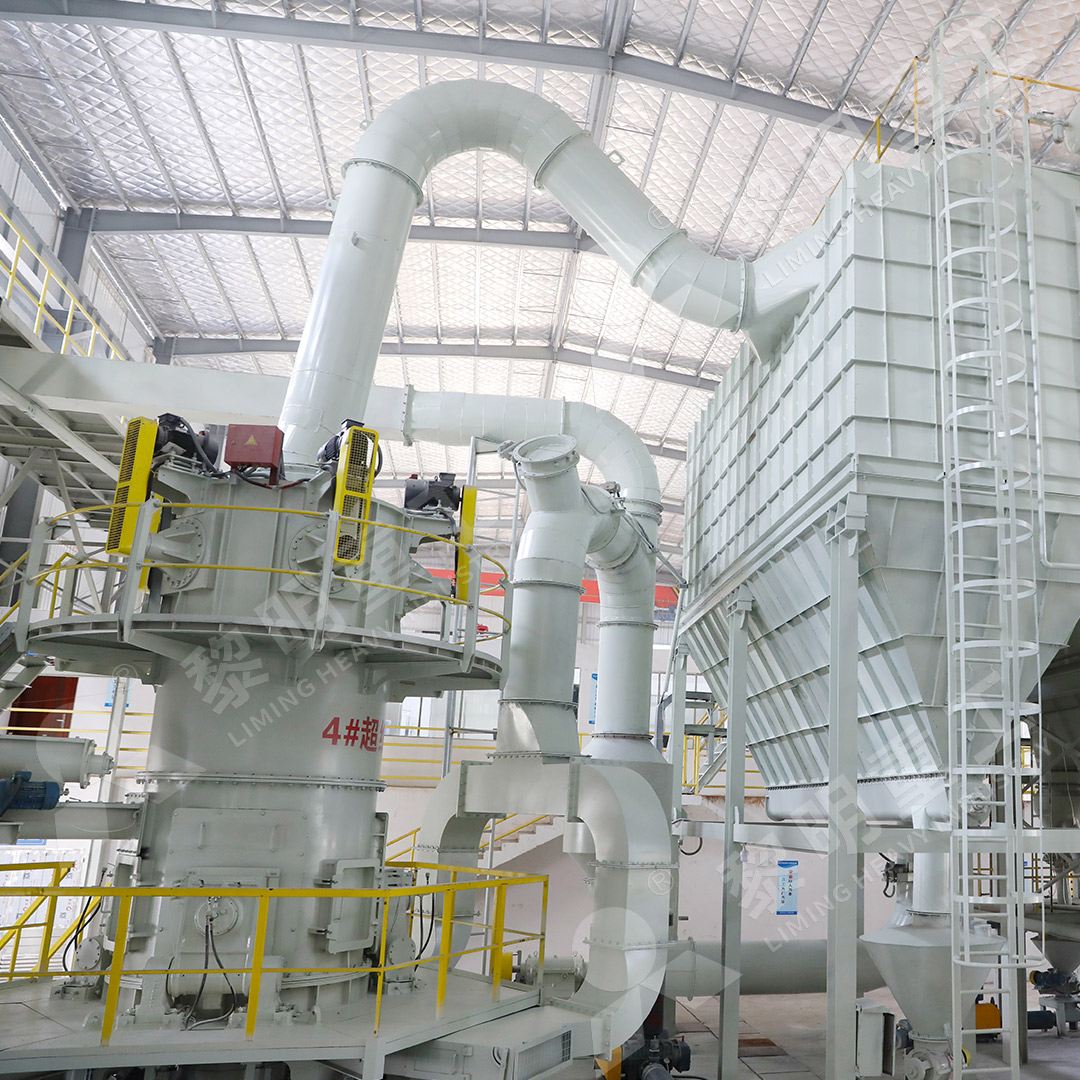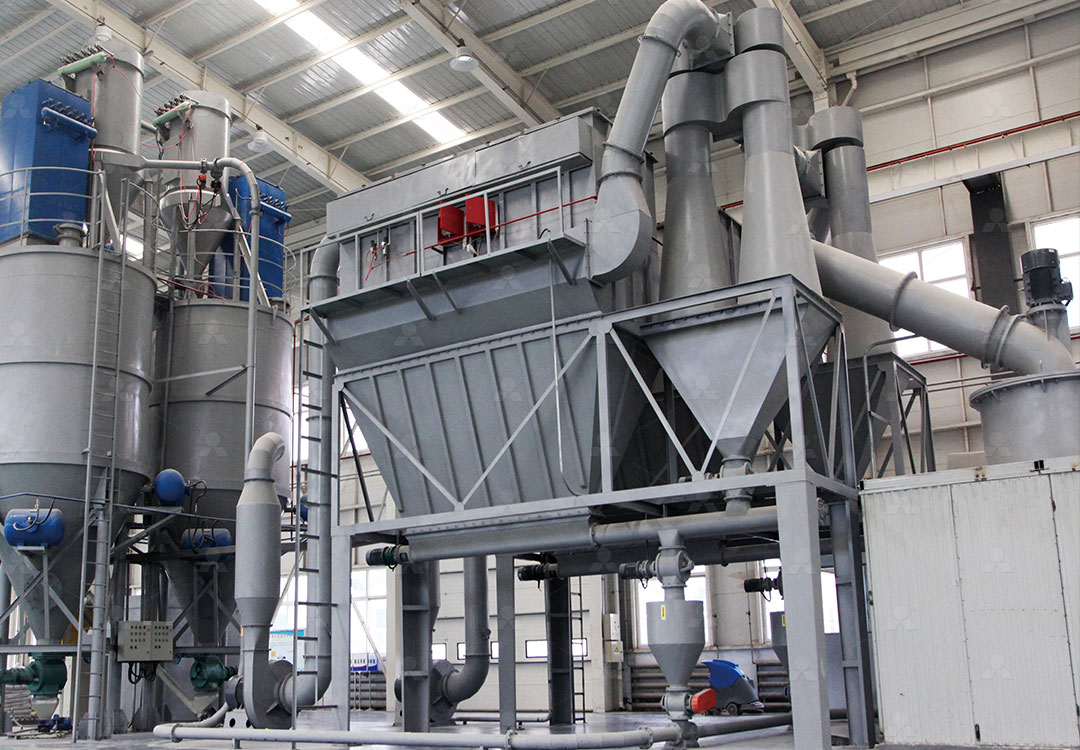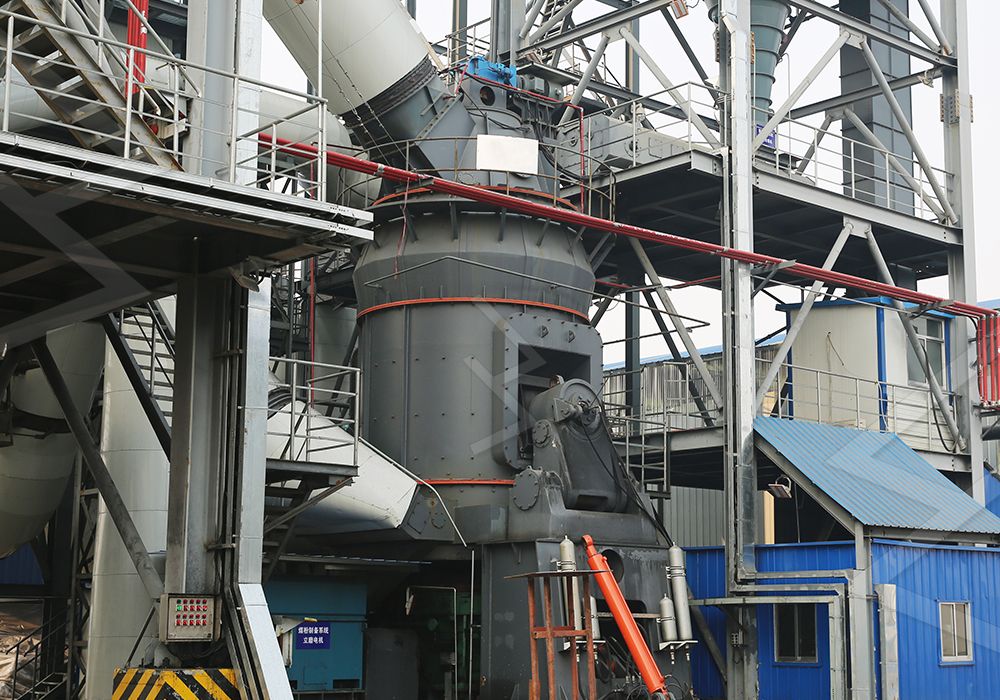Vertical Roller Mill for Sale – High Efficiency Grinding Solution
Vertical Roller Mill for Sale – High Efficiency Grinding Solution
In today’s competitive industrial landscape, achieving optimal grinding efficiency while minimizing operational costs remains a paramount challenge for processing plants worldwide. Vertical roller mills have emerged as the premier solution for various grinding applications, offering significant advantages over traditional ball mills and other conventional grinding systems.
The fundamental design of vertical roller mills incorporates a revolutionary approach to material reduction. Unlike horizontal ball mills that rely on impact and attrition through tumbling media, vertical mills utilize multiple grinding rollers that press against a rotating table, creating a highly efficient compression grinding mechanism. This innovative configuration delivers substantial benefits in energy consumption, footprint requirements, and operational flexibility.

Key Advantages of Modern Vertical Grinding Technology
Contemporary vertical roller mills represent the culmination of decades of engineering refinement. The integration of advanced technologies has transformed these machines into sophisticated processing systems capable of handling diverse materials with unprecedented efficiency. Modern vertical mills typically consume 30-50% less energy compared to traditional ball mills while delivering equivalent or superior product quality.
Operational stability represents another critical advantage. Advanced vertical mills incorporate sophisticated control systems that maintain consistent grinding pressure and material bed depth, ensuring uniform product quality throughout extended production runs. The enclosed design minimizes dust emissions and reduces noise levels, creating a safer working environment while meeting stringent environmental regulations.
Specialized Solutions for Ultra-Fine Grinding Applications
For operations requiring exceptionally fine powders, specialized vertical grinding mills offer unparalleled performance. The MW Ultrafine Grinding Mill stands as a prime example of cutting-edge technology tailored for ultra-fine powder production. With an input size capacity of 0-20 mm and throughput ranging from 0.5 to 25 tph, this advanced system delivers exceptional results for demanding applications.
The MW series incorporates several proprietary technologies that distinguish it from conventional grinding equipment. Its innovative grinding curves for rollers and rings enhance grinding efficiency significantly, achieving production capacity 40% higher than jet mills and double the output of ball mills with equivalent fineness and power consumption. The system’s energy consumption represents merely 30% of comparable jet grinding mills, delivering substantial operational savings.

What truly sets the MW Ultrafine Grinding Mill apart is its remarkable flexibility in product fineness. The advanced cage-type powder selector, incorporating German technology, enables precise adjustment between 325-2500 meshes, with screening rates achieving d97≤5μm in a single pass. This precision control allows operators to fine-tune product specifications to exact customer requirements without compromising throughput efficiency.
Advanced Engineering for Reliability and Sustainability
The mechanical design of modern vertical roller mills addresses historical maintenance challenges through innovative engineering solutions. The elimination of rolling bearings and screws within the grinding chamber of the MW Ultrafine Grinding Mill eliminates common failure points, significantly enhancing operational reliability. External lubrication systems permit maintenance without production interruptions, supporting continuous 24-hour operation critical for modern manufacturing facilities.
Environmental considerations are integral to contemporary mill design. Integrated pulse dust collectors and advanced muffler systems ensure compliance with the strictest environmental standards. The completely sealed grinding system operates under negative pressure, preventing dust emissions while sophisticated noise reduction technologies maintain workplace comfort.
Another notable solution in the vertical grinding category is the LUM Ultrafine Vertical Grinding Mill, which processes materials up to 10 mm at capacities between 5-18 tph. This mill combines Taiwanese grinding roller technology with German powder separation expertise, creating an integrated system that excels in ultrafine powder production for non-metal ores and industrial minerals.

Applications Across Diverse Industries
Vertical roller mills serve a broad spectrum of industries with equal proficiency. From limestone and calcite processing for construction materials to petroleum coal and gypsum grinding for industrial applications, these versatile systems adapt to various material characteristics. The technology proves equally effective for specialized applications in chemicals, paints, cosmetics, pharmaceuticals, and food additives where product purity and consistency are paramount.
The robust construction and precision manufacturing of modern vertical mills ensure consistent performance across this diverse application range. Numerical control machining of core components guarantees the dimensional accuracy necessary for maintaining tight tolerances in finished products, while comprehensive spare parts support minimizes downtime through rapid component replacement.
Frequently Asked Questions
What is the typical energy savings compared to traditional ball mills?
Vertical roller mills typically reduce energy consumption by 30-50% compared to conventional ball mills while delivering equivalent or superior grinding performance.
How does the MW Ultrafine Grinding Mill achieve such fine particle sizes?
The MW series incorporates advanced cage-type powder selectors with German technology, enabling precise particle size control between 325-2500 meshes with screening rates achieving d97≤5μm in a single operation.
What maintenance advantages do modern vertical mills offer?
Innovative designs eliminate rolling bearings and screws within grinding chambers, while external lubrication systems allow maintenance without production stoppages. Reversible structures in models like the LUM series facilitate easy roller removal for inspection and component replacement.
How do vertical mills address environmental concerns?
Integrated pulse dust collectors, advanced mufflers, and completely sealed systems operating under negative pressure ensure minimal dust emissions and noise pollution, typically exceeding international environmental standards.
What materials can be processed in vertical roller mills?
These mills handle diverse materials including limestone, calcite, dolomite, petroleum coal, gypsum, barite, marble, talc, and various industrial minerals for applications across construction, chemicals, pharmaceuticals, and food industries.
